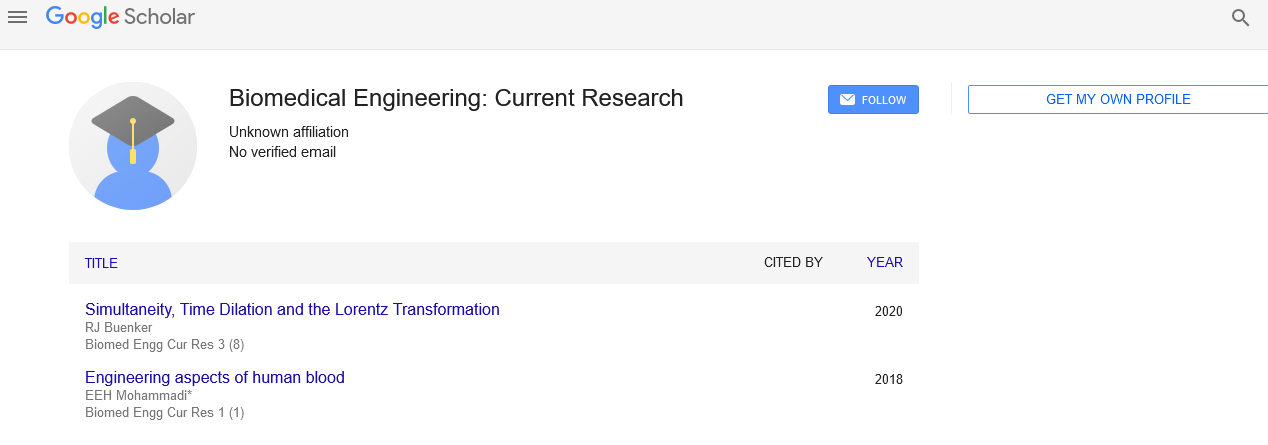
Sign up for email alert when new content gets added: Sign up
Abstract
Reduced Order Modelling of Time-Delay Systems: Past, Present and Future
Author(s): Souvik GanguliTime-Delay Systems (TDS) are also called after-effect or dead-time systems, hereditary systems, or differential-difference equations. They pertain to a class of infinite-dimensional functional differential equations (FDE). Time delays take place in a number of systems such as aircraft, chemical control systems, laser models, internet, biology, medicine etc. These delays may arise due to transport, communication or measurement. Taking into account time delays is complicated because, in continuous time representations, they combine difference relations with differential equations, or in the Laplace domain, they are represented by exponential functions that incorporate irrational elements. It is therefore not easy to apply the principle of continuous-time control theory directly. The finite-dimensional Padé approximations for system analysis and control are a common practice of expressing time-delay systems. But it leads to a higher-order system representation for which a higher-order controller is needed. A higher-order controller cannot always be practically implementable. The requirement to reduce the order of the finite- dimensional Padé approximate model is therefore necessary. A great deal of work has already progressed in the field of reduced-order modelling for time-delay systems. Some researchers expanded the exponential terms associated with the time-delay systems with the help of Taylor series and further the moments of the method were calculated by means of Krylov-subspace techniques. Few of them followed the H_∞ norm to solve the model reduction technique. Moreover, some researchers even applied Krylov-based technique of linear time-delay systems to yield delay-free reduced-order models. Many of the researchers worked on the balanced truncation method to develop low-order models.




